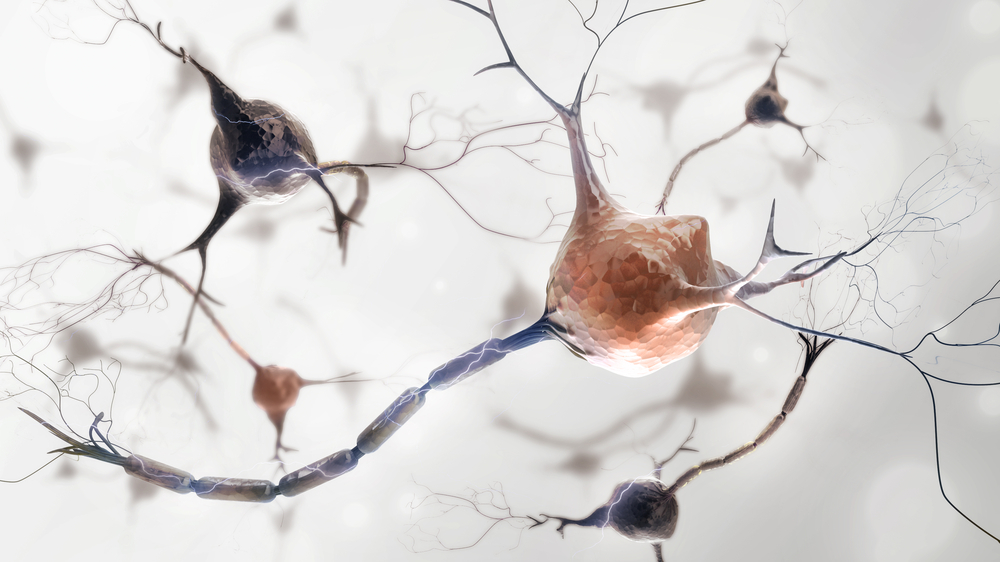Mechanism Behind Nicotinamide Riboside Could Be Translated Into Future ALS, Neurodegerative Disease Therapy

In a new study entitled “SARM1 activation triggers axon degeneration locally via NAD+ destruction” researchers discovered how a protein, SARM1, underlies axon degeneration in response to injury. The mechanism may one day be translated into clinical therapeutics for neurodegenerative diseases. The study was published in the journal Science.
Axons, the longest structure within the body, are the long slender projection emanating from the neurons body and are essential for communications with target cells. Damaged axons are removed by an intrinsic self-destruction program, activated in case of injury but that also is responsible for axon loss in neurodegenerative diseases, such as Alzheimer’s disease, Parkinson’s disease and amyotrophic lateral sclerosis (ALS).
In this study, a team of researchers at Washington University Medical School zeroed in the pathway that underlies axon degeneration and identified a protein with a key role in this process, SARM1 (short for Sterile alpha and TIR motif–containing 1). Performing experiments with cells, fruit flies and mice the researchers discovered that SARM1, previously known to have a part in axon degeneration, is a key factor in triggering axon degeneration after an injury. They found that once activated in neurons, SARM1 induces the destruction of the cofactor NAD+ (nicotinamide adenine dinucleotide), a key component of the energy production inside cells, leading to a massive loss of the energy supply within axons.
[adrotate group=”4″]
The researchers were capable of reversing this detrimental effect, by supplementing neurons in which SARM1 was activated with a NAD precursor, the nicotinamide riboside. With such a strategy neurons used the added precursor to maintain the energy status in axons and thus preventing their degeneration.
The team’s findings have crucial consequences to the study of neurodegenerative diseases and how scientists may one day treat them, as Jeffrey Milbrandt, MD, PhD, the James S. McDonnell Professor and study lead author noted. “We have uncovered new details that let us piece together a major pathway involved in axon degeneration. This is an important step forward and helps to identify new therapeutic targets. That we were able to block axon degeneration in the lab also gives us hope that drugs could be developed to treat patients suffering from a variety of neurological conditions. We are encouraged by the findings and think that identifying a class of drugs that block SARM1 activity has therapeutic potential in neurological disorders. The molecular details this pathway provides give us a number of therapeutic avenues to attack.”






